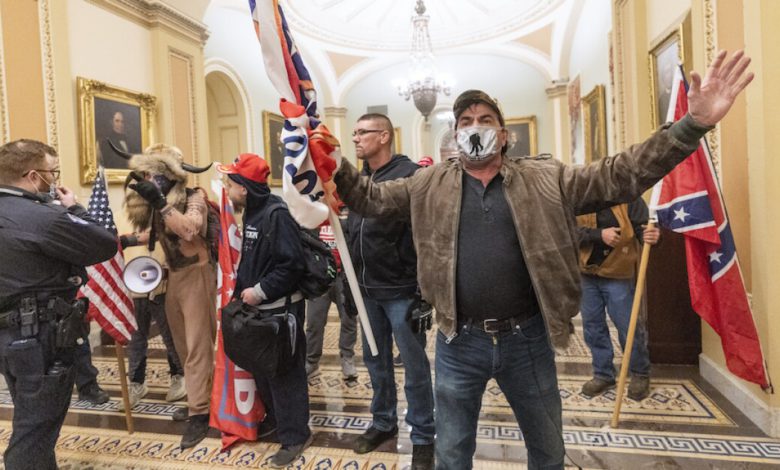
Nearly every day, more people are being indicted for their involvement in the siege on the U.S. Capitol on January 6.
It was a sobering day for many who never thought they would witness something like that happen.
It was also a pivotal day for violent extremism, as the insurrection showed today’s greatest terrorism threat does not come from abroad, but rather from our fellow Americans.
“The public face of terrorism and how the public perceives terrorism has changed,” said Austin Barber, a graduate assistant at the University of Arkansas’ Terrorism Research Center, our country’s oldest terrorism research center.
Barber is currently working on a project called Dotcoms to Pipe Bombs, a research initiative that studies how online extremism manifests itself in our real world. On Nov. 3, the TRC received an $893,721 grant from the National Institute of Justice for the research project. It hopes to shed more light on how and why radical extremism exists in hopes we can better identify it and mitigate its harm.
“There’s been domestic terrorism in the United States for a very long time, but we’ve only started now, as a public, started to pick up on it,” said Barber.
In 2001, after 9/11, it may have been unheard of to think our greatest threat comes from our very own, but today, it is fact as the Center for Strategic and International Studies found white supremacists and like-minded extremists conducted two-thirds of terrorist plots and attacks in the United States in 2020.
“Around 2008, 2009, with the election of Barack Obama, with the great recession, we saw an increase in patriot groups and militia groups,” said Jeff Gruenewald, the director of the Terrorism Research Center.
Post 9/11, most of the TRC’s research looked at violent extremism and how it fueled terrorism, but since then, Osama Bin-Laden has been killed, and seven other top-ranking al-Qaeda leaders have been killed or captured as well.
It has shifted Gruenewald’s research to U.S. nationals as last year the U.S. Department of Homeland Security concluded that “racially and ethnically motivated violent extremists, specifically white supremacist extremists, will remain the most persistent and lethal threat in the homeland.”
“It was before the insurrection that we knew that there was violent potential on the far-right, but I think it more so brought it to the public’s attention,” said Gruenewald. “Yesterday, it was radical Islamic terrorism. Today, it’s extreme far-right, but we need to be collecting data and analyzing patterns for all movements.”
This is not to say foreign terror attacks do not exist. Al-Qaeda’s influence is as strong as ever. Today, there are four times as many jihadist terrorist groups designated as such by the U.S. State Department as there were on 9/11, but due to their disorganization and hyper-politicized nature of our country, experts believe the greatest threat comes from our very own.
“We are starting to understand that there’s a lot more to it than the one face value,” said Barber.








